White Hat Link Building: Strategies For Sustainable SERP Success
Daniel Trick
Aug 19, 2024
7 min read
White hat link building delivers real, lasting results.
It’s the process of earning high-quality backlinks through ethical practices.
No tricks. No shady shortcuts.
Here at fatjoe, we’ve built over 100k links for digital marketing agencies and businesses.
We have a ton of experience. And we know what works.
In this guide, we’ll reveal 5 practical white hat link building techniques. You can use tactics to build authority and boost your rankings, without the risk of Google penalties.
We’ll cover:
- What white hat link building is
- The difference between white hat and black hat link building
- 5 actionable white hat link building strategies
What Is White Hat Link Building?
White hat link building is the practice of earning backlinks using ethical tactics. It involves creating valuable content, genuine outreach, and relationship building.
When you use white hat search engine optimization (SEO) strategies, you adhere to Google’s “link spam” guidelines. Here’s how it’s described on the Search Central blog:
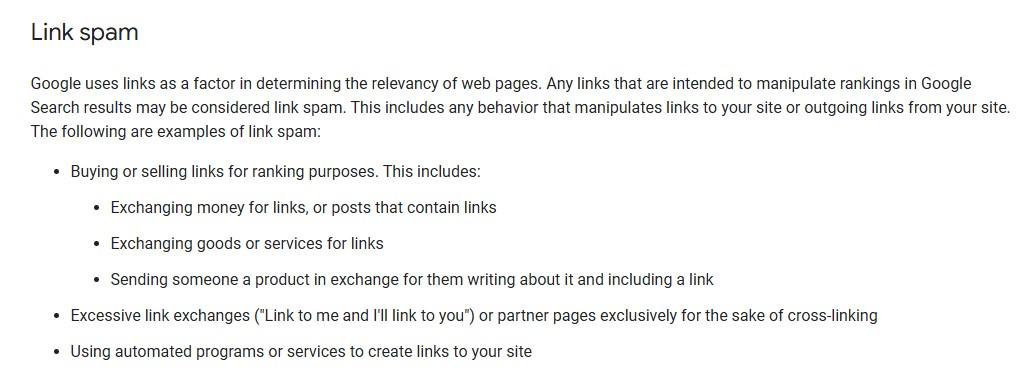
Google guidelines emphasize providing value to users. The white hat links you build should be relevant, helpful, and come from reputable sources.
Black Hat vs. White Hat Link Building
Understanding the difference between black hat and white hat link building is crucial. It helps you avoid penalties and achieve sustainable, long-term SEO success.
Black hat link building uses manipulative tactics to acquire backlinks quickly. That includes link farms, spamming comments, shady guest blogging, and private blog networks.
These black hat SEO methods can give you a quick boost in search rankings. But they come with a big risk of penalties from search engines.
White hat link building focuses on earning backlinks through sustainable practices.
It’s about creating content people want to share and link to naturally. And maximizing its reach through genuine outreach and promotion.
5 White Hat Link Building Techniques
Here are the most effective white hat link building techniques you can use to build authority and boost your rankings:
- Blogger Outreach
Blogger outreach involves connecting with bloggers in your client’s industry to collaborate on content. Unlike guest posting, the blogger publishes the content under their name with an in-content link to your site.
These links can have a significant impact on search ranking.
The key to successful blogger outreach is choosing the right target websites.
You can use tools like BuzzSumo to build a list of bloggers who cover topics relevant to your client’s industry.
And you don’t have to start your list from scratch. You can also use link building tools like Ahrefs to analyze your competitor’s link profile. This can reveal a ton of bloggers to reach out to.
AHREFS’s new ‘best links’ feature enables you to quickly filter through your competitor’s links and highlight their top-performing referring domains.
Perfect for helping put together research on your next Digital PR or Link Building strategy 👌 pic.twitter.com/mMaaKUhMpE
— Charlie Clark (@CharC_SEO) November 21, 2023
Once you’ve identified target bloggers, send a personalized email. Mention why you chose them, what you appreciate about their content, and how a collaboration can provide value to their readers.
Avoid generic templates and focus on building a genuine connection.
Your link building outreach campaign isn’t working because of one (or all) of these factors:
1. Generic subject lines
2. Weak value proposition (it should be a win-win)
3. Poor page selection (promote content/assets, not category pages)
4. Lack of personalziation
— Nathan Gotch (@nathangotch) November 10, 2021
Successful bloggers receive a ton of outreach emails every day. And most of those emails use generic templates.
That’s why only 8.5% of outreach emails receive a response:

To stand out, you need to offer something of value. That could be a high-quality content collaboration, unique insights, or an editorial fee.
Digital PR campaigns involve creating newsworthy content to earn coverage and white hat backlinks from online publications and media outlets.
This type of coverage can generate high-authority backlinks and give brand visibility a big boost.
In a recent survey, SEOs ranked digital PR as the link building tactic that provides the best results:
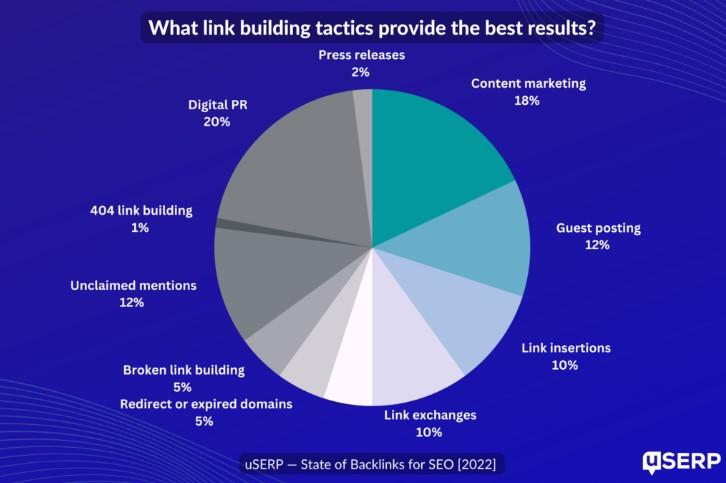
First, you need to create genuinely newsworthy content.
That could be original research, interesting company news, or expert opinions on current trends within your industry.
Make sure the content is well-researched, relevant, and valuable to your target audience.
Next, you need to identify media outlets and publications that would be interested in covering your story. Tools like Muck Rack can help you find relevant journalists and media outlets.
Write a compelling pitch that grabs the attention of journalists. Your pitch should include a catchy headline, a brief overview of the content, and why it matters to their readers.
You’ll need to reach out to a lot of journalists. This isn’t something you can do in a spare afternoon.
In a recent survey, 36% of digital PR professionals revealed they spend 3-4 weeks on outreach after publishing a piece of content.
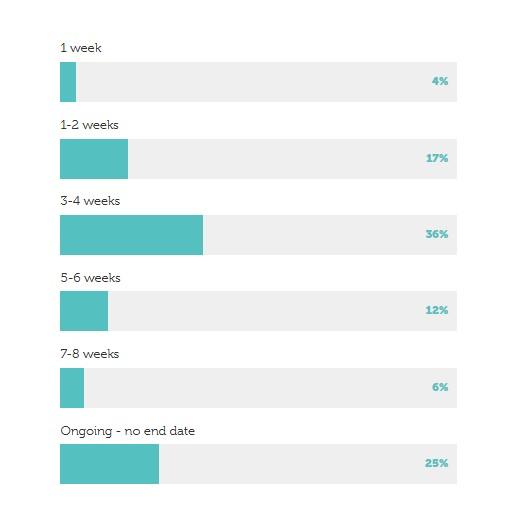
- Niche Edits
Niche edits, also known as link inserts, are a similar tactic to blogger outreach. But instead of collaborating on new content, you ask to include a link to your client’s site on an existing blog post.
This can be super effective.
You can get links from pages that are already indexed and have backlinks pointing to them.
Once you’ve found a target domain, use a tool like Semrush to search for high-authority pages that rank well.
Run a domain analysis and go to the “Indexed Pages” tab. This will show you the pages with the most backlinks.
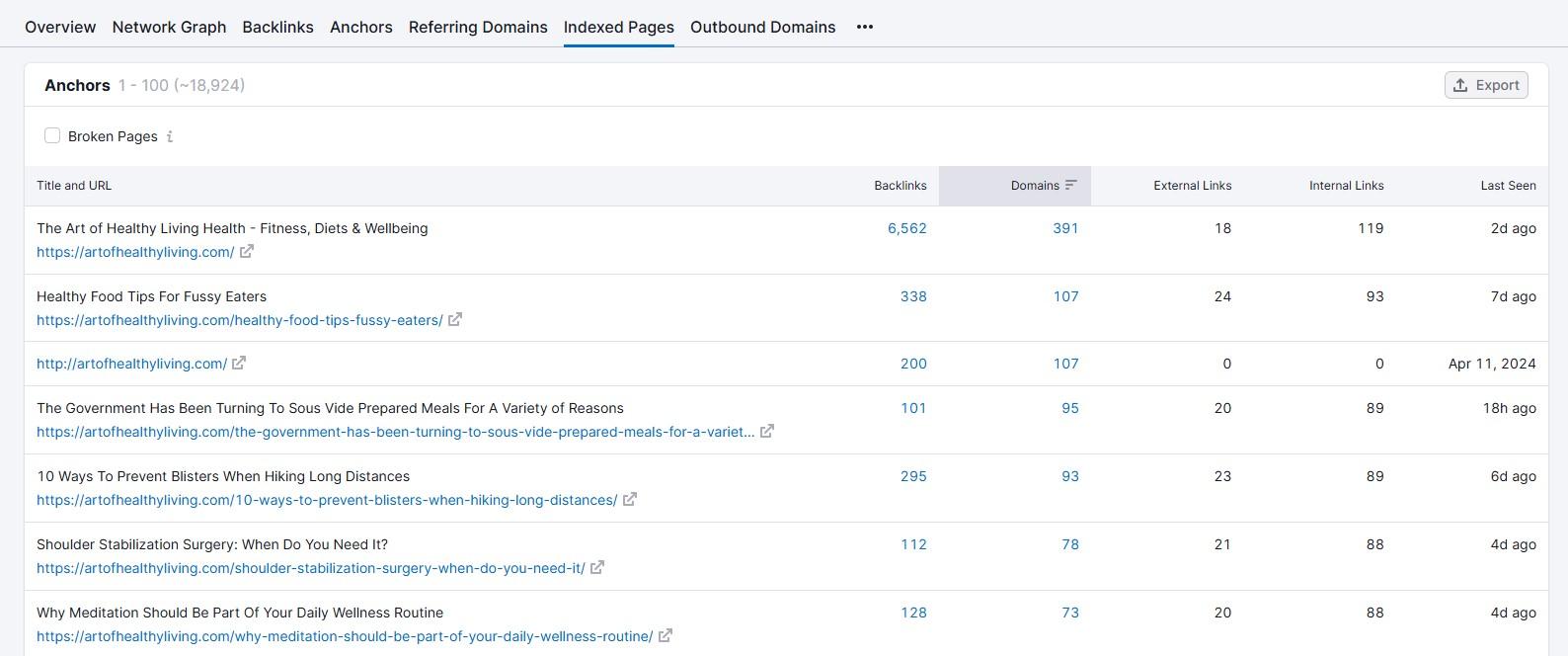
These are the pages you want to target for your link inserts. They are already performing well and can pass on the most “link juice.”
Make sure the content is high-quality and relevant to your client’s site.
Reach out to the blogger and explain how including a link to your client’s site will add value to their content.
Be specific about the benefits.
Highlight how your link will provide their readers with additional insights, more in-depth data, or practical tips that complement the existing content.
10 quick & dirty content promotion tips:
• the “content” matters more than the “promotion.” no amount of outreach, link-building, syndication and hustle will make that generic “how to” article go viral.
say it with me: content is the bottleneck, promotion is the amplifier
— Ryan Law (@thinking_slow) November 9, 2021
If you don’t hear back after your initial email, send a polite follow-up after a week or two.
Persistence can pay off if your offer provides genuine value.
A variation of this tactic is broken link building. It involves finding broken links and offering to replace them with links to your content.
We’ve covered this tactic in more detail in our link building strategies guide. Check out the guide for expert tips on how to find broken links.
- Expert Quote Links
Providing valuable insights to journalists can position you as an industry authority.
And it can help you earn high-quality backlinks from reputable sites.
The easiest way to get started with this tactic is to sign up for platforms like Much Rack and Qwoted. These platforms allow you to find opportunities to contribute expert quotes on relevant topics.
You can also use social media to find journalists. Follow them, interact with their posts, and build relationships. This way, you’ll be at the top of their minds when they need a source.
Can’t tell you how many times I’ve posed a question on Twitter to kick off my research when writing.
Examples, quotes, interesting perspectives…it’s all here. You just gotta ask.
Also: Follow writers and journalists. We’re all doing it.
Easy earned media/link-building hack.
— Kaleigh Moore (@kaleighf) October 28, 2021
Reporters often work on tight deadlines, so you need to be ready to respond quickly to any opportunities. An expert quote link building service can help you identify and respond to requests with a timely quote.
When you respond to a request, make sure your pitch is clear and concise.
First, highlight your expertise and qualifications. Then, directly answer the journalist’s query with a concise quote that adds real value to the story.
If a journalist uses your quote, send a thank-you note. This can help build a relationship for future opportunities.
Original Research
This type of content naturally attracts backlinks from relevant websites. It’s about creating something so valuable that even your competitors will find it hard not to link to you.
Original research could be a study, survey, or data analysis. The goal is to produce unique insights relevant to your client’s industry.
This survey from BlackBerry is a great example.
At the height of the generative AI hype, they released a compelling study on why companies have banned ChatGPT.
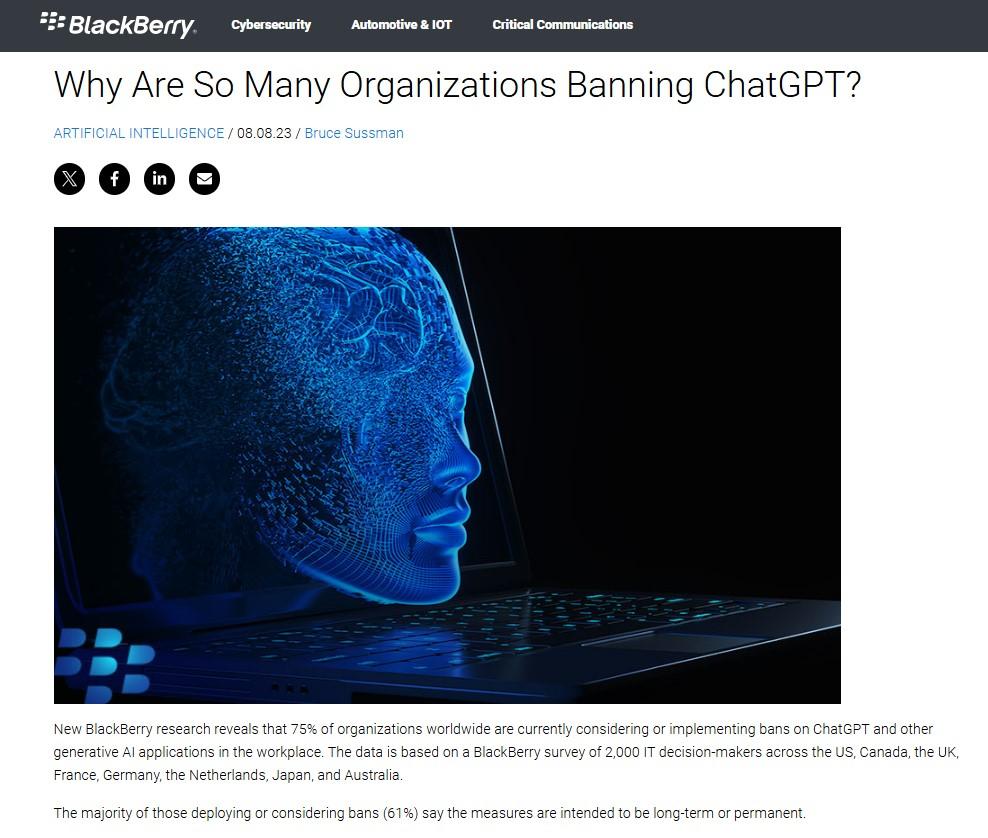
The study attracted a ton of media coverage and 291 backlinks. This included links from major sites like Fast Company, BBC, and HackerNoon.

To replicate this success, you need to target a newsworthy topic highly relevant to your client’s industry. Look for gaps in existing research or areas where new insights would be valuable.
You can use keyword research tools and Google Trends to find a subject that will spark interest.
Once you have a topic, decide on the type of research you’ll conduct. This could be a survey, an analysis of industry trends, or an experimental study.
🎯SEO Pro Tip #67: Want to go nuclear with your link-building?
Do an industry study.
Fresh industry statistics are very likely to result in a ton of organic backlinks to your site.
While the backlink study in the screen below drives almost no traffic, it has over 6k backlinks! pic.twitter.com/5MesSxaQWQ
— Nick Zviadadze 🇺🇦 (@Nick_zv_) January 18, 2023
Make sure your methodology is solid and that you have the resources to collect and analyze the data.
You can use a tool like Google Forms for surveys.
For case studies or industry reports, it’s a bit more challenging.
Public databases and government resources like data.gov can provide free insights. You might have to collate data from multiple sources to create your linkable asset.
Once your data is in, write a detailed report to present your findings. Use charts and graphs to make the data easy to digest.
You can repurpose these assets into blog posts, infographics, and videos to reach a broader audience and attract more backlinks.
Promotion is key.
Share your research with industry publications and bloggers. Write a press release highlighting the main findings and distribute it to relevant media outlets.
Building Sustainable Success with White Hat SEO
White hat SEO isn’t just good practice for your agency. It’s smart business.
When you use ethical link building tactics, you avoid risks and penalties.
You can deliver sustainable results.
This means happy, long-term clients. And satisfied clients stick around.
Become a Pro at SEO
Join 65,000 others and learn the secrets to SEO success with our weekly blog posts.
